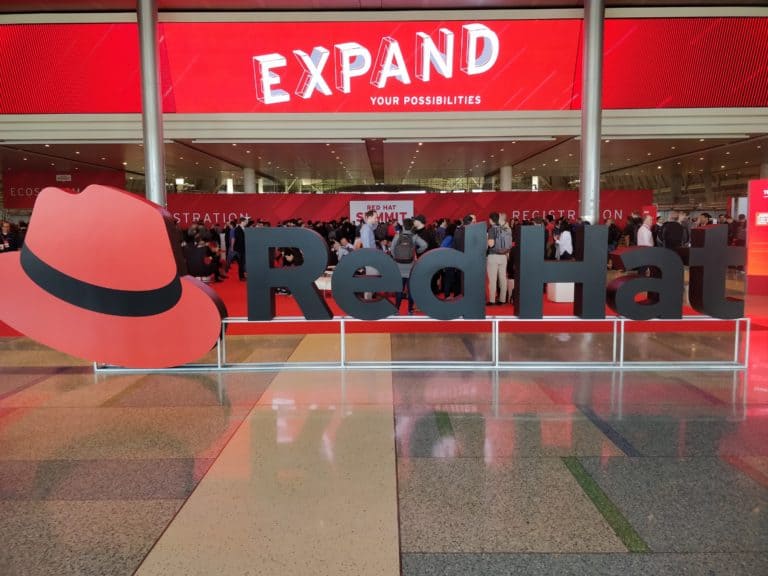Red Hat and Microsoft have joined forces to now offer the well-known container platform directly within the public cloud environment Azure. According to both parties, this will bridge the gap between the on-premise data center and public cloud environments and thus provide a powerful stepping stone to hybrid cloud environments.
The close collaboration between the open source specialist and the tech giant is mainly due to the fact that both parties consider hybrid cloud computing to be very important for companies. After all, companies want to expand their resources with a public cloud infrastructure, while retaining investments already made.
Kubernetes provides a common bridge between the data center and public cloud environments, making it an important technology for achieving true hybrid cloud computing.
More confidence in hybrid cloud
By linking the container platform to a large public cloud environment, end users can now rely on the hybrid cloud for all the places where they can develop, place, manage and move their business-critical workloads.
Azure Red Hat OpenShift allows customers to deploy containerized applications in the same environment as the workflows, while reducing many of the inherent complexities of container management. In addition, due to the enormous scalability of the Azure platform, these application containers are now also much easier to expand.
Various other applications
In addition, Azure Red Hat OpenShift offers developers and operations teams fully managed clusters with master, infrastructure and application nodes managed by Microsoft and Red Hat. No VMs or patches are required.
Other interesting options include enhanced flexibility to better move applications from local environments to the Azure public cloud via the consistent foundation offered by OpenShift. Also, the joint solution offers higher speed for connecting to acid services from on-premises OpenShift deployments.
Finally, Azure Red Hat OpenShift offers enhanced productivity with easier access to Azure public cloud services such as Azure Cosmos DB, Azure Machine Learning and Azure SQL DB to build next-generation cloud native enterprise applications.
Cooperation very important
The collaboration between Red Hat and Microsoft for this service was so special that the tech giant’s CEO Satya Nadella travelled all the way from Seattle to Boston to further explain the solution and the importance of hybrid cloud environments. According to the CEO, it was mainly the joint development of the service and soon the joint management for end users that were important characteristics of the service.

These end users are supported by Red Hat’s open source experts and Microsoft’s public cloud experts. In addition, they can count on an integrated experience with uniform login, on-boarding, service management and technical support. The service will be added to the existing Azure end user bill, further streamlining the user experience.
More jointly managed services in the pipeline
According to Nadella, the collaboration with Red Hat tastes like more. He therefore announced that other jointly managed services are already being worked on, such as the recently launched Red Hat Enterprise Linux 8 on Azure and Red Hat Ansible Engine 2.8 and Ansible Certified modules. In addition, both companies are working to deliver SQL Server 2019 with Red Hat Enterprise Linux 8 support and performance enhancements.
Azure Red Hat OpenShift is available immediately via Microsoft Azure.
This news article was automatically translated from Dutch to give Techzine.eu a head start. All news articles after September 1, 2019 are written in native English and NOT translated. All our background stories are written in native English as well. For more information read our launch article.